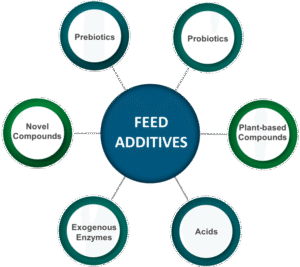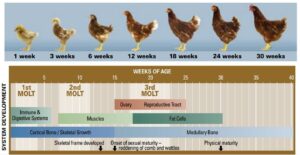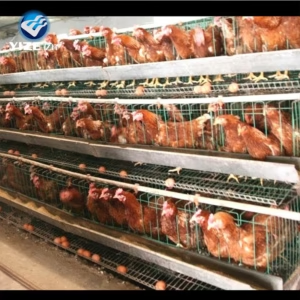Introduction
The in situ (in sacco) technique is widely used in ruminant nutrition research to determine the degradability of fiber and protein in feedstuffs. This method provides an effective and biologically relevant means to measure how feed components are broken down in the rumen—the primary site of microbial fermentation in ruminants.
Thank you for reading. Don't forget to subscribe & share!
Principle of In Situ Technique
In situ degradability is measured by placing feed samples in porous nylon or polyester bags, which are then incubated in the rumen of fistulated animals (commonly cows or sheep). These bags allow rumen microorganisms and fluids to interact with the feed, simulating natural fermentation, while preventing physical loss of feed particles.
Procedure
- Sample Preparation:
- Feed samples (usually ground to 2–3 mm particle size) are weighed (usually 2–5 grams) and placed into nylon or polyester bags with known pore size (typically ~50 microns).
- Incubation:
- The bags are inserted into the rumen through the fistula and incubated at multiple time intervals (e.g., 0, 4, 8, 12, 24, 48, 72 hours).
- Post-incubation Treatment:
- After removal, bags are washed (to remove microbial debris), dried, and weighed to determine the residue.
- The residues are analyzed for fiber (NDF/ADF) or crude protein (CP) content.
- Chemical Analysis:
- The loss of material over time is used to calculate the rate and extent of degradability of fiber and protein.
Degradability Parameters
Degradability data are typically modeled using the Ørskov and McDonald (1979) equation:
P(t) = a + b(1 – e^–ct)
Where:
- P(t) = Degradability at time t
- a = Soluble fraction (rapidly degradable)
- b = Insoluble but potentially degradable fraction
- c = Rate constant of degradation of b
- e = Natural logarithm base
- t = Time (hours)
Effective degradability (ED) is calculated by integrating these values with the rumen outflow rate (k):
ED = a + (bc / (c + k))
Application to Fiber and Protein
Fiber (NDF, ADF) Degradability:
- Measures how much of the cell wall components are broken down in the rumen.
- Critical for evaluating the digestibility and energy availability from forages and fibrous feeds.
Protein (CP) Degradability:
- Determines the proportion of rumen-degradable protein (RDP) and rumen-undegradable protein (RUP).
- Important for balancing diets to meet microbial protein synthesis and post-ruminal amino acid supply.
Advantages of In Situ Technique
- Real-time rumen fermentation environment.
- Useful for evaluating a wide range of feeds.
- Applicable for kinetic modeling of digestion.
Limitations
- Requires rumen-fistulated animals and ethical approvals.
- Variation in bag size, pore size, and washing methods may affect results.
- Not suitable for evaluating post-ruminal digestion or absorption.
- Cannot distinguish between microbial contamination and undigested residues without correction.
Conclusion
The in situ technique remains a powerful tool for assessing fiber and protein degradability in ruminant feeds. By understanding the degradation kinetics of nutrients in the rumen, nutritionists can design balanced diets that optimize microbial efficiency, nutrient absorption, and animal productivity. Despite its limitations, it provides essential data for feed formulation and evaluation in both research and practical livestock production systems.









